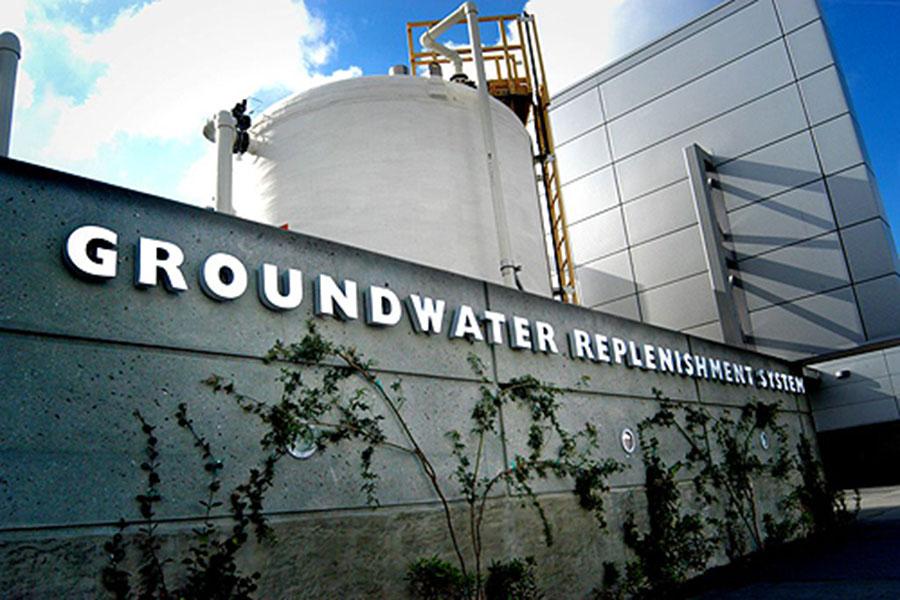Water Purifying Critical in the Future
Climate change and population growth are predicted to cause water scarcity that would affect half of the world by 2030. Business at the California Orange County Water District is quickly growing. The water treatment facility filters used water, otherwise known as sewage, and purifies it for the drinking supply. The plant produces 70 to 100 million gallons a day, enough to support 850,000 people. The filtering plant is one of the oldest and largest of its kind, and is providing a great model for many plants to come. However, not everyone is so accepting of the thought of recycling sewage water.
The process starts by taking the 1.3 billion gallons of waste generated in Southern California each day and preforming the three-step treatment. First, the water goes through a micro-filtration to remove any solids, bacteria, or oils. Next, the water is pushed through a thin plastic to filter out any pharmaceuticals and viruses. Lastly, the water is treated by a UV light to remove any final organic compounds. When the water passes all the legal standards, it is release into the main groundwater supply and is ready for use.
The California Orange County Water District has been recycling water since early 1970’s, but they just recently started contributing the drinking supply in 2008. Many people are skeptical of the new found water recycling, but as the shortages become more rapid and extreme, many people are becoming more accepting of the idea.
The main cost of recycling ground water is from the energy required to filter out the waste. The energy cost of reverse osmosis has fallen by seventy-five percent since the 1970’s. If the price of energy continues to fall and the public acceptance grows, recycling waste water will most likely be a simple solution for the scarcities foreseen in this country.






